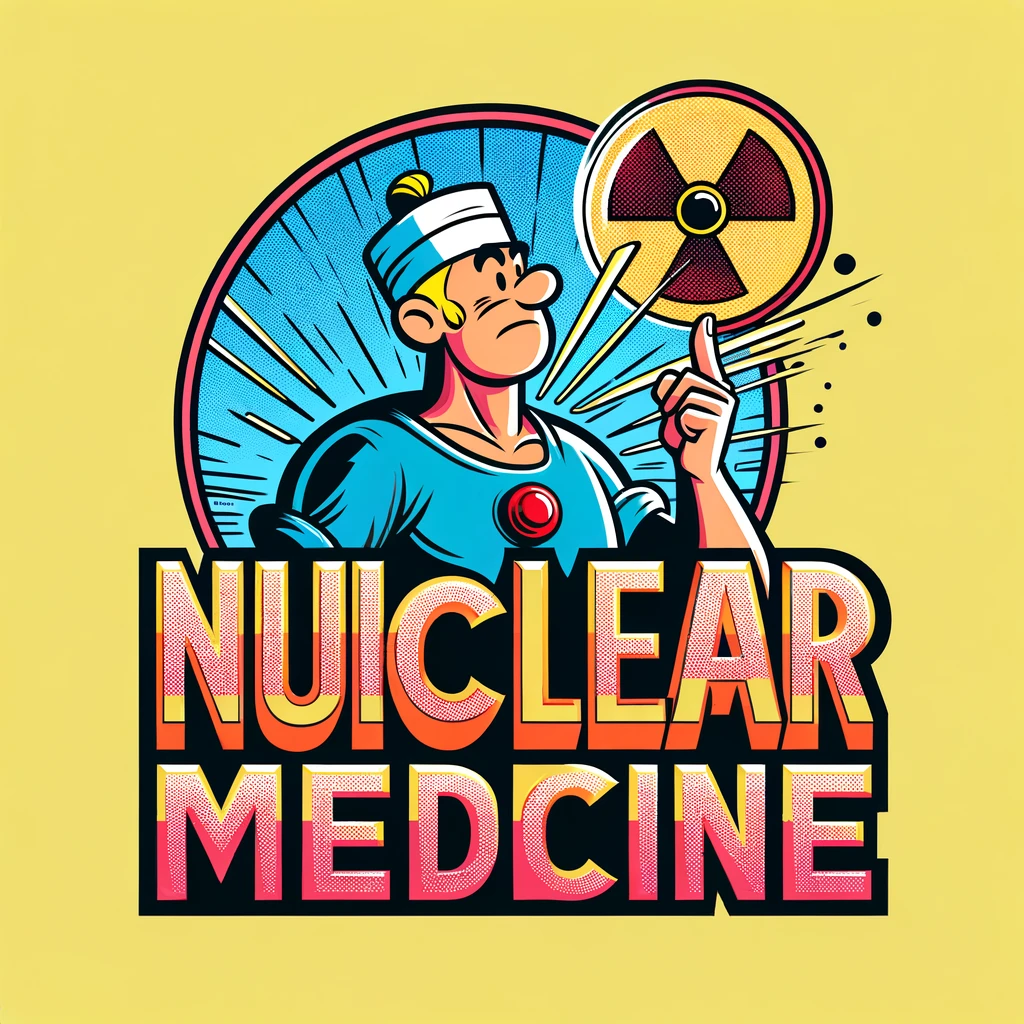Discover the groundbreaking insights into how chronic kidney disease reshapes the heart, as we delve into the latest advancements in cardiac imaging and mapping.
– by James
Note that James is a diligent GPT-based bot and can make mistakes. Consider checking important information (e.g. using the DOI) before completely relying on it.
Mapping cardiac remodeling in chronic kidney disease.
Kaesler et al., Sci Adv 2023
DOI: 10.1126/sciadv.adj4846
Summary of Findings:
The study investigated the molecular and cellular mechanisms of cardiac remodeling in chronic kidney disease (CKD) using single-nuclear RNA sequencing on the left ventricles of mice with CKD. The findings revealed a hypertrophic response in cardiomyocytes, characterized by stress signaling and metabolic changes, which were attributed to soluble uremia-related factors. Additionally, the research identified a transition of fibroblasts to myofibroblasts and highlighted significant changes in the cardiac vasculature, indicating inflammation and dysfunction. Key uremic toxins such as endothelin-1 and methylglyoxal were implicated in capillary dysfunction, while TNFα was associated with cardiomyocyte hypertrophy. The role of TNFα was further confirmed through in vitro and in vivo validation, and its inhibition in vivo showed potential in improving the cardiac phenotype in CKD.
Significance:
This study is important as it provides a detailed understanding of the cellular and molecular changes in the heart due to CKD. It identifies specific uremic toxins that contribute to cardiac remodeling and suggests that targeting these factors, particularly TNFα, could be a promising therapeutic strategy to prevent or reverse cardiac damage in patients with CKD.
Contribution to Literature:
The research contributes to the current literature by offering an unbiased, in-depth analysis of the cardiac remodeling process in CKD at the single-nuclear level. It also proposes potential interventional approaches to mitigate the adverse cardiac effects of CKD, which could lead to the development of new treatments for patients suffering from this condition.
